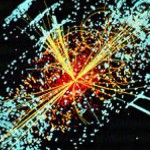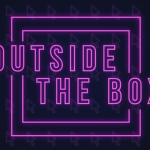The crisp, sharp images we see on digital televisions are the result of how the signal is broadcast, received and displayed.
One of the most noticeable differences between analogue and digital TV is the image resolution. This is determined by the number of pixels on the screen–older television sets used cathode ray tubes (480 lines of pixels) to display images.
To qualify as high definition, there should be up to 1080 lines of interlaced pixels across the screen. This means more pixels, which will be smaller and closer together. But if they’re poor quality, the picture won’t look very good.
There’s more to HDTV than the number of pixels–the other new factor is the signal. Watching TV used to involve analogue signals, which were often affected by the quality of both your TV set and the weather outside.
HDTV broadcasts these signals digitally, as zeros and ones, which aren’t as affected by external factors. The digital signal also allows for more bandwidth than analogue signals, so it can send more audio and video data to our screens.
To stream these signals, the technology relies on digital compression to send as much data through as possible. But, as with any other technology, if the data is over-compressed, it will affect the quality.
Got a burning science question?
Send us your questions to letters@scienceillustrated.com.au. If we publish the answer on our website or in the next issue of Science Illustrated you could win amazing prices!








SEO
February 12, 2012
Really good post! Thanks for the information.